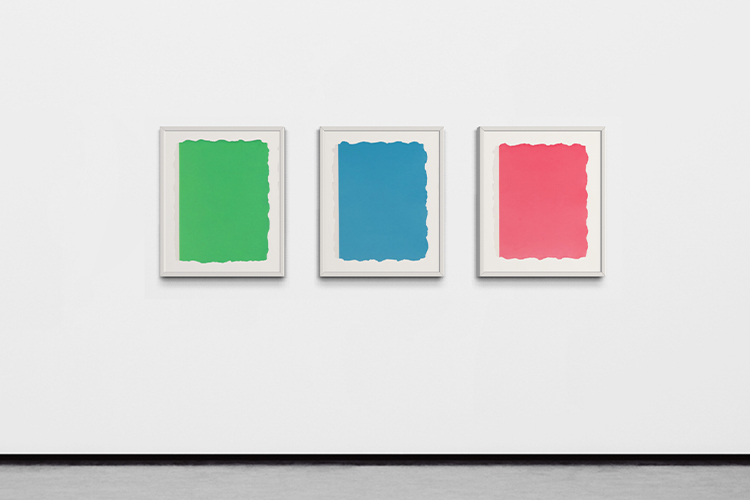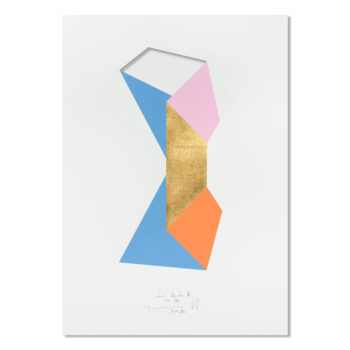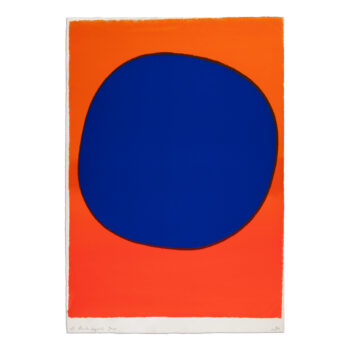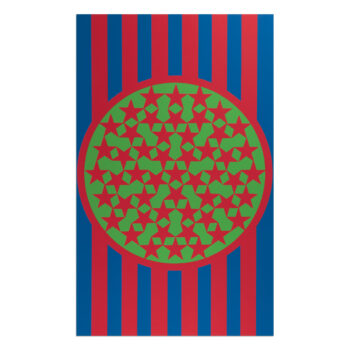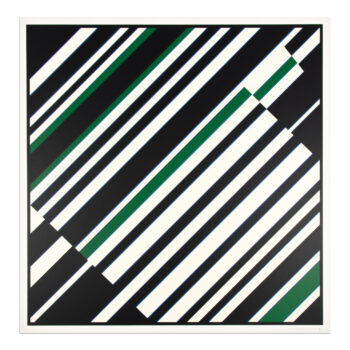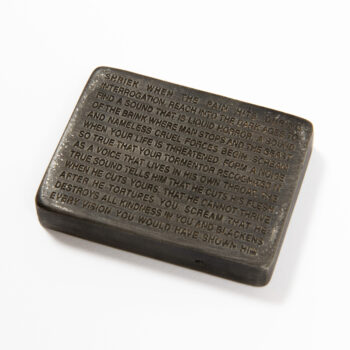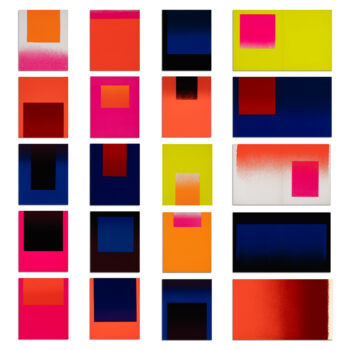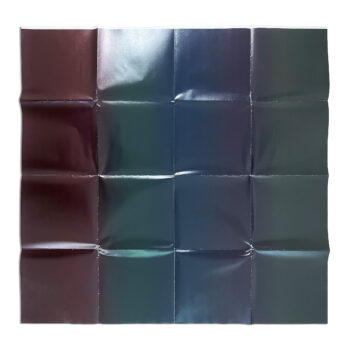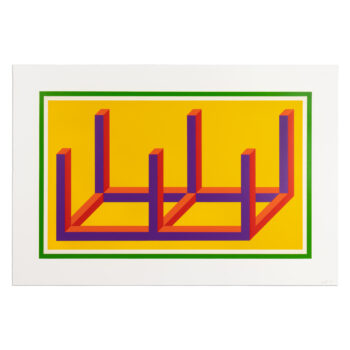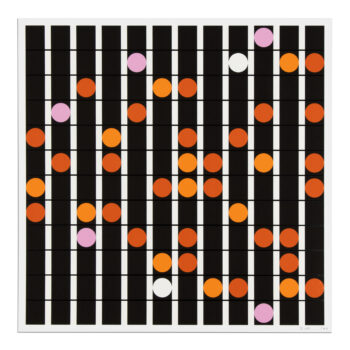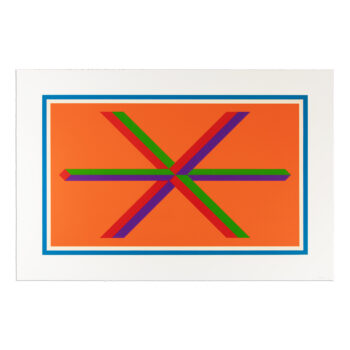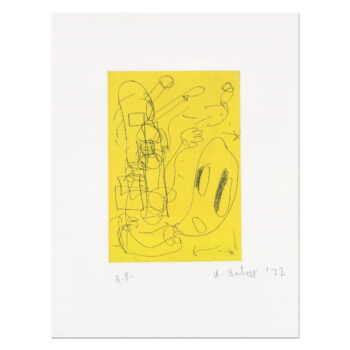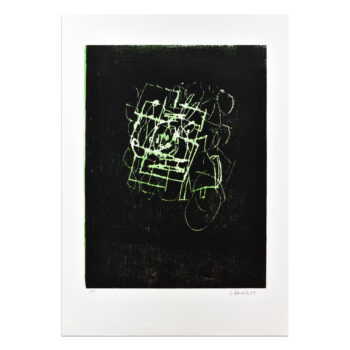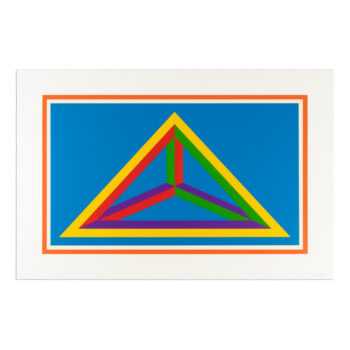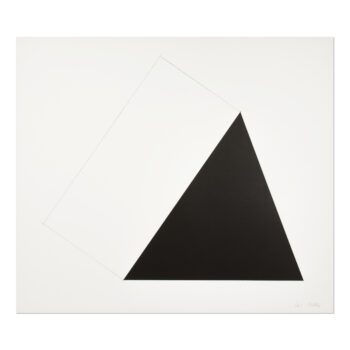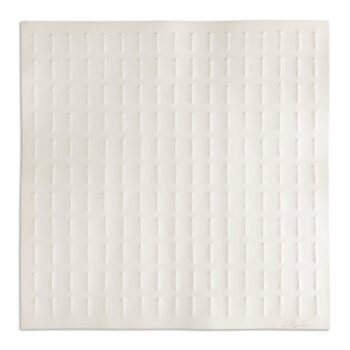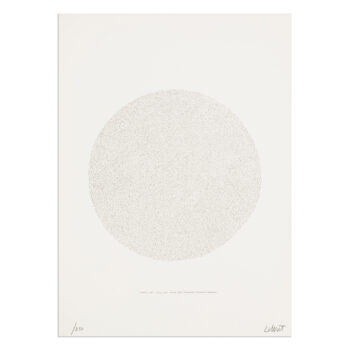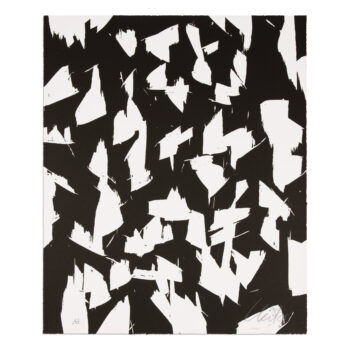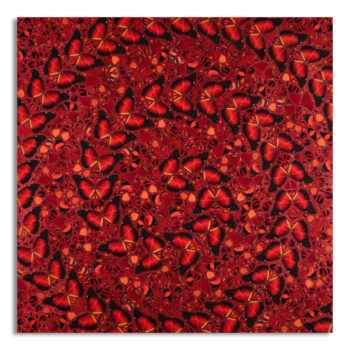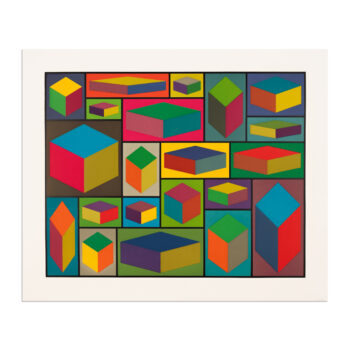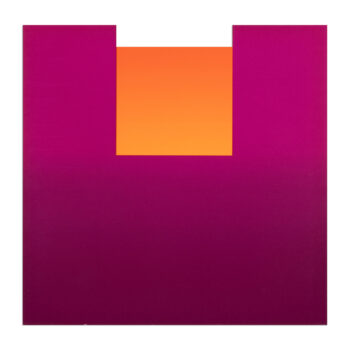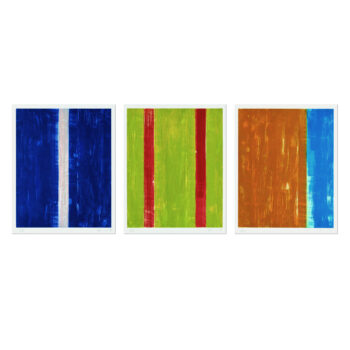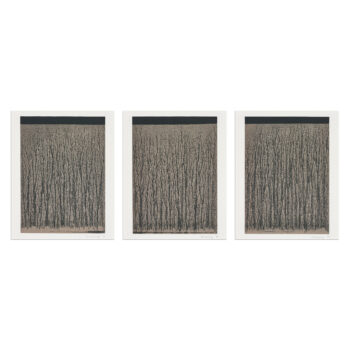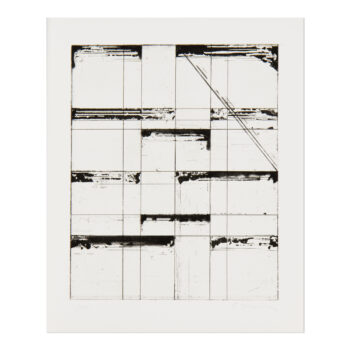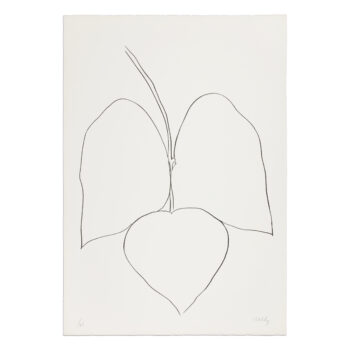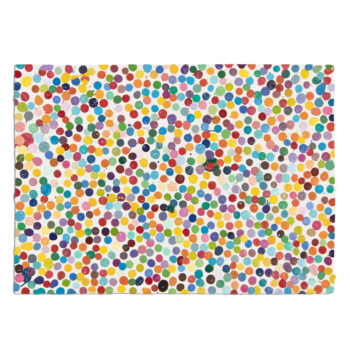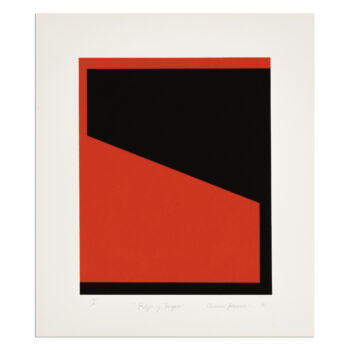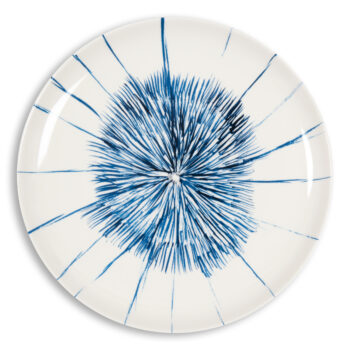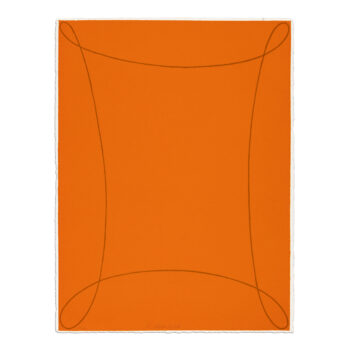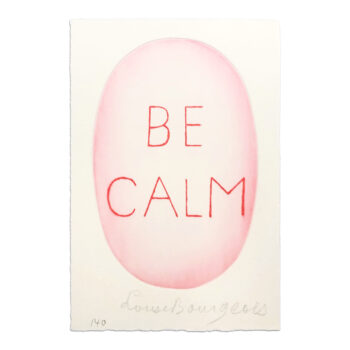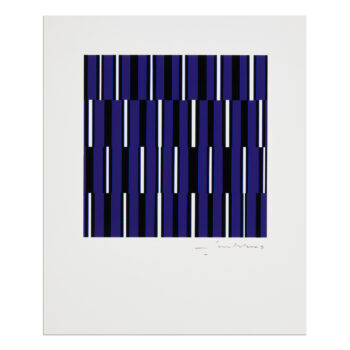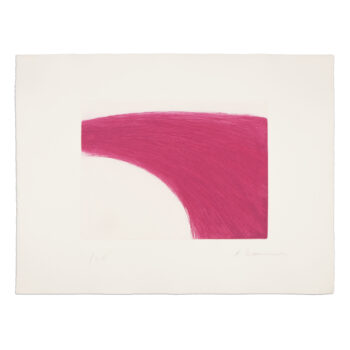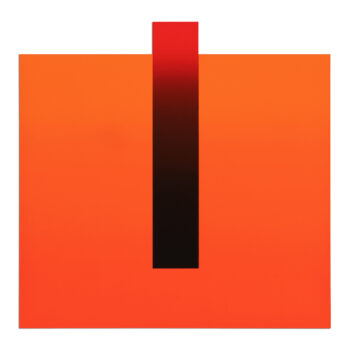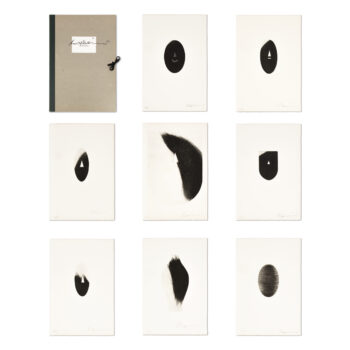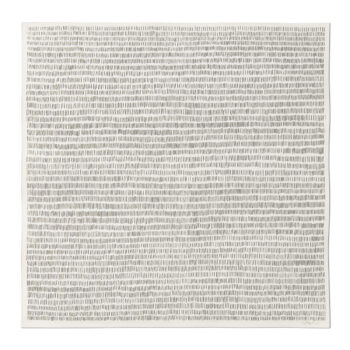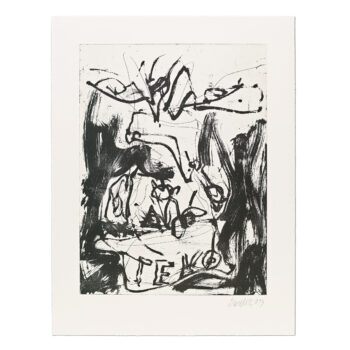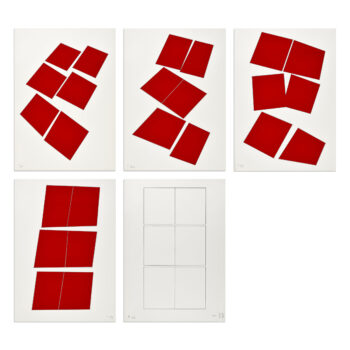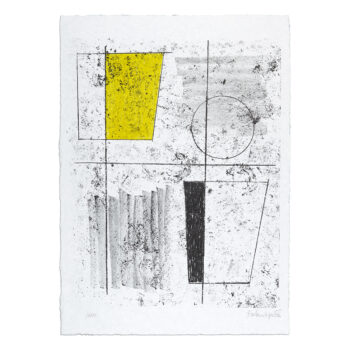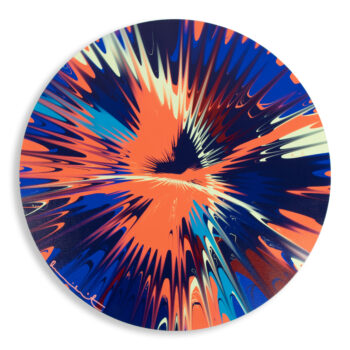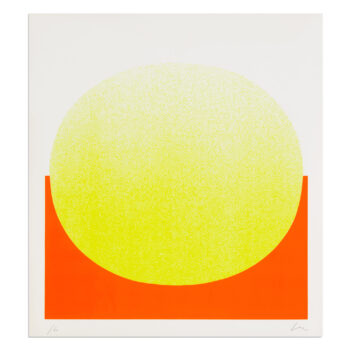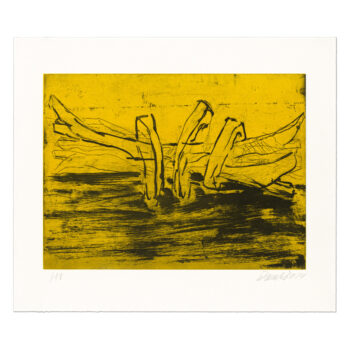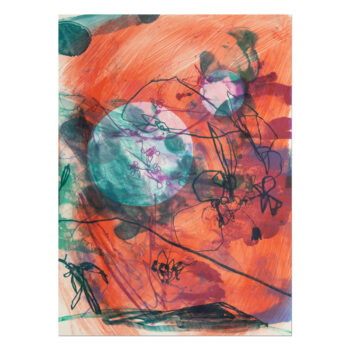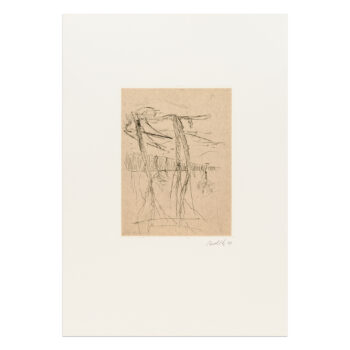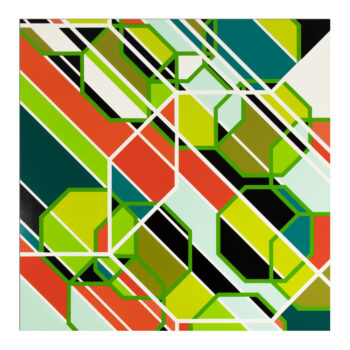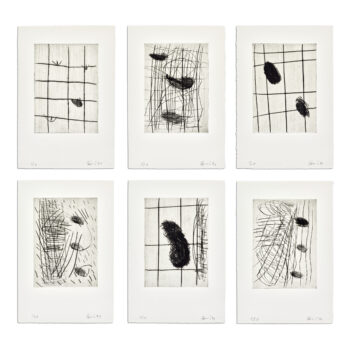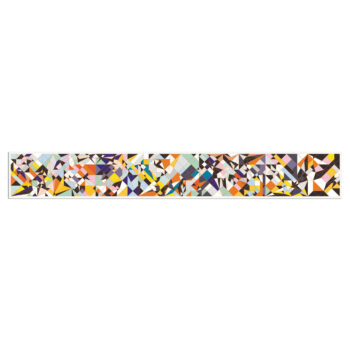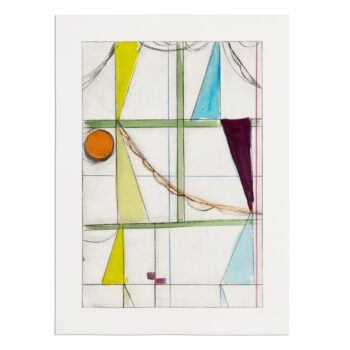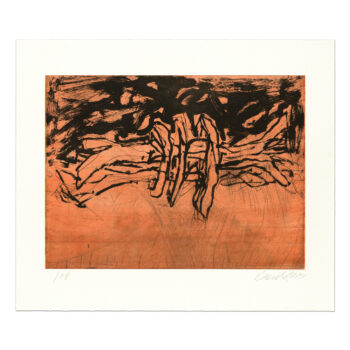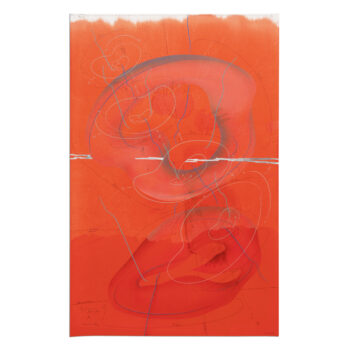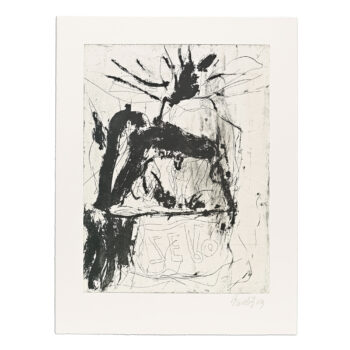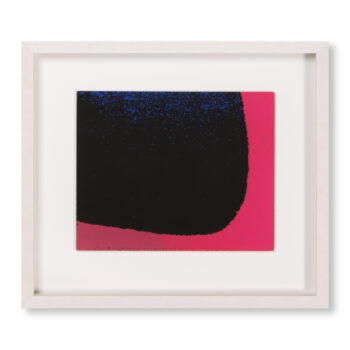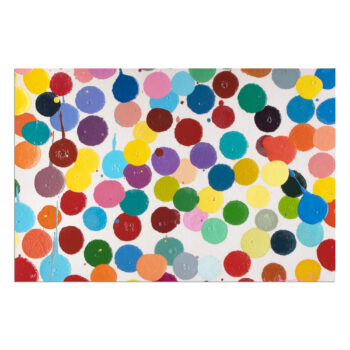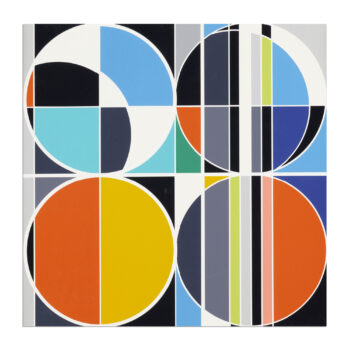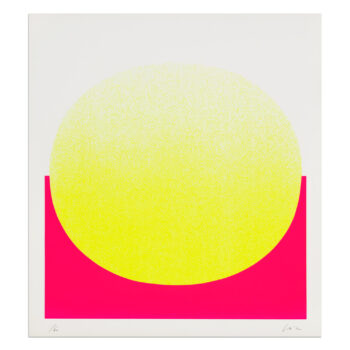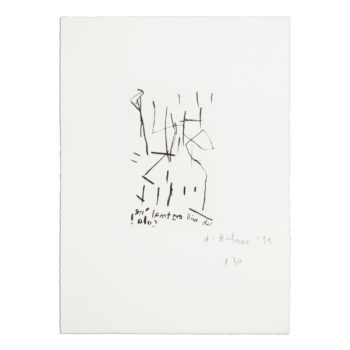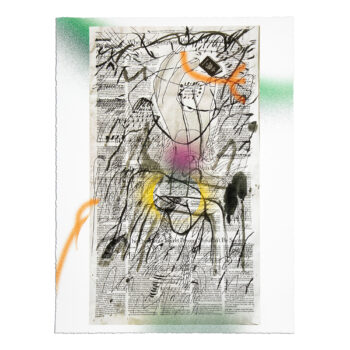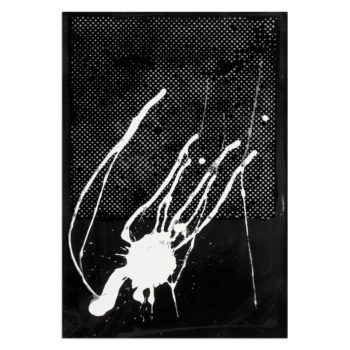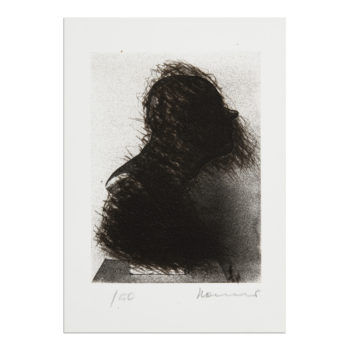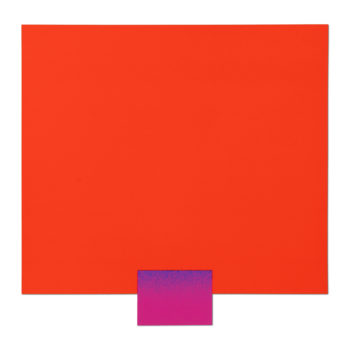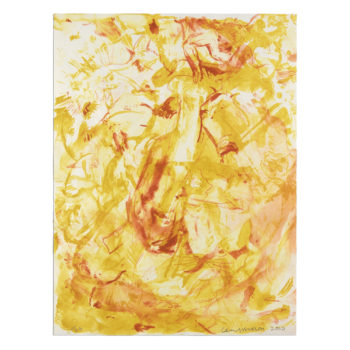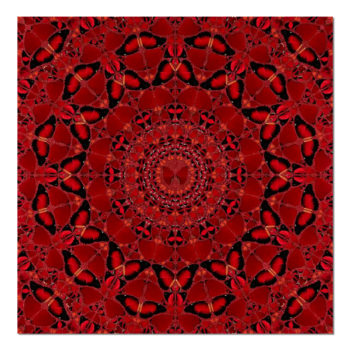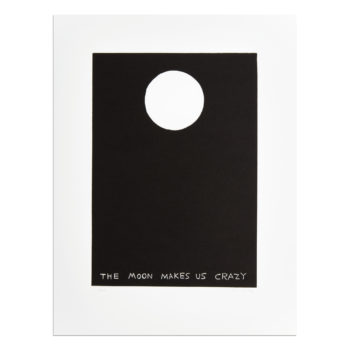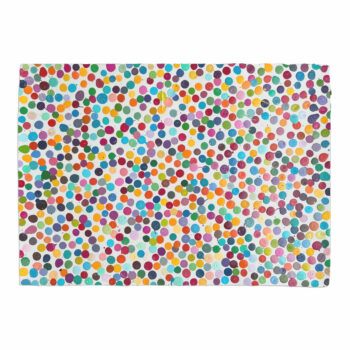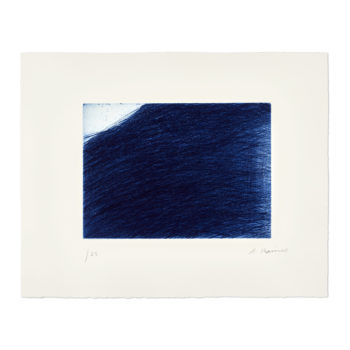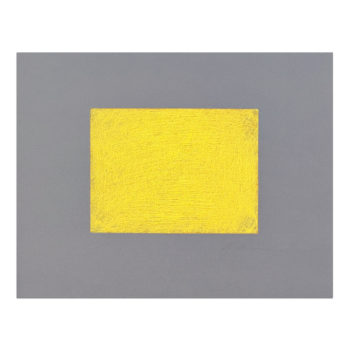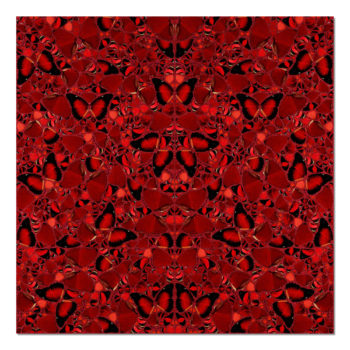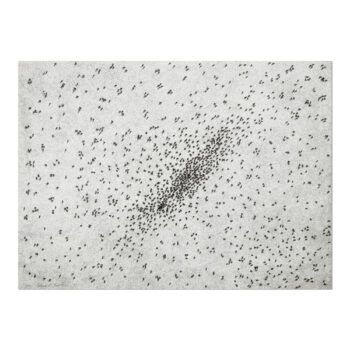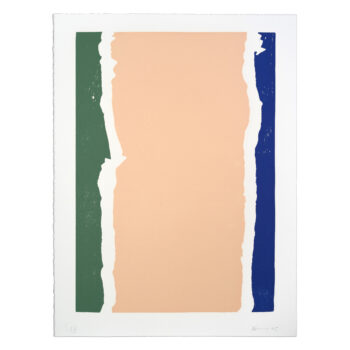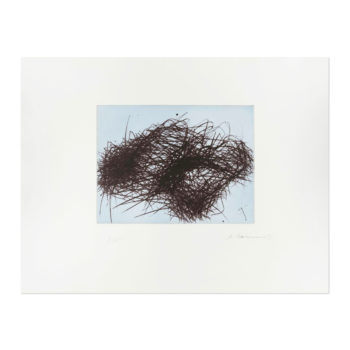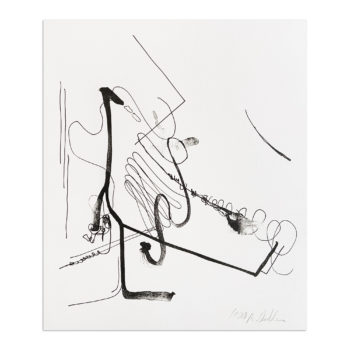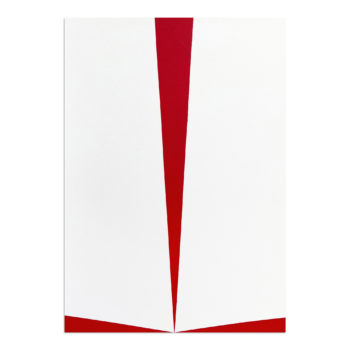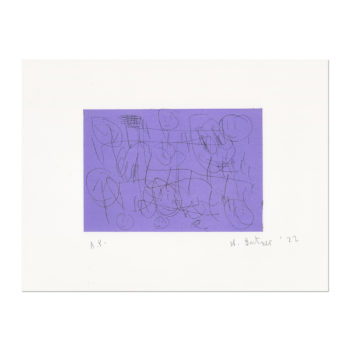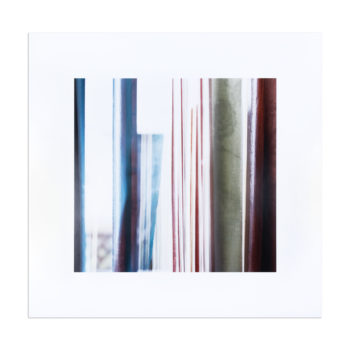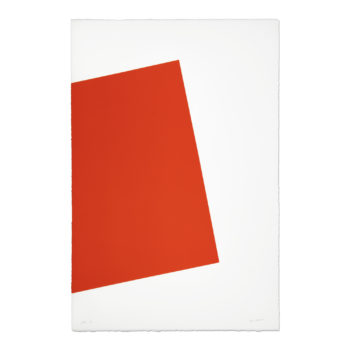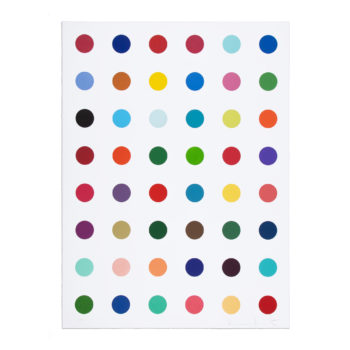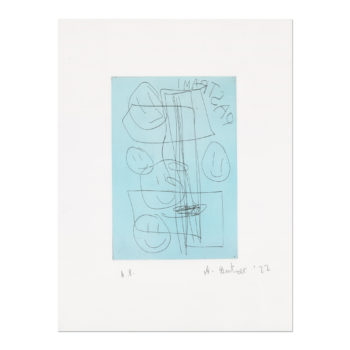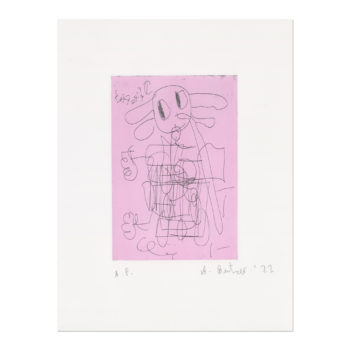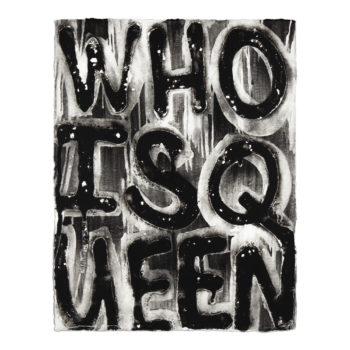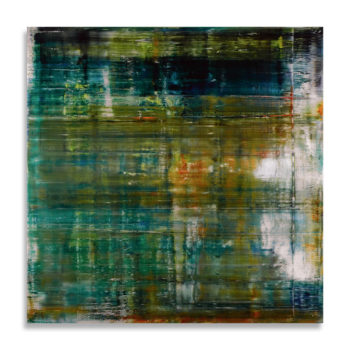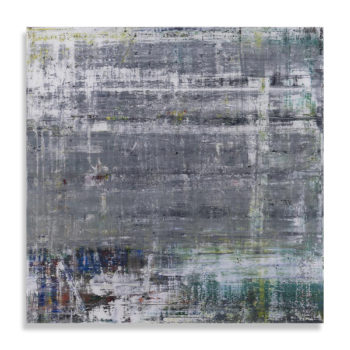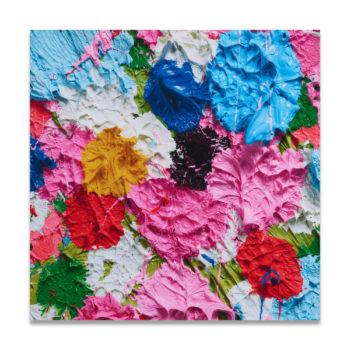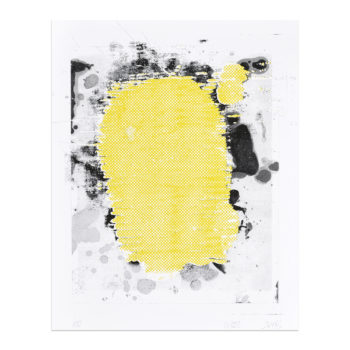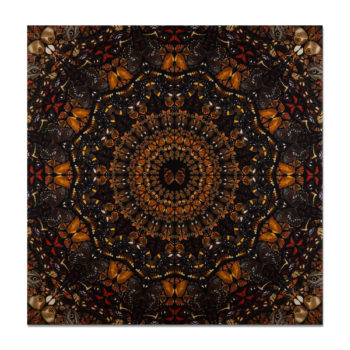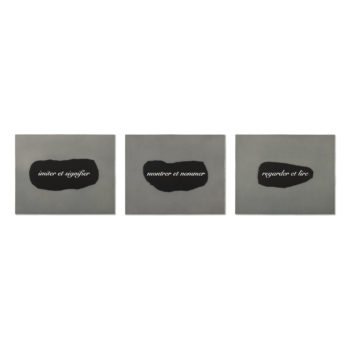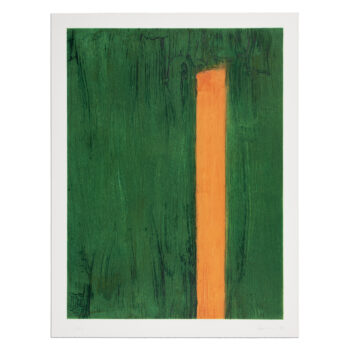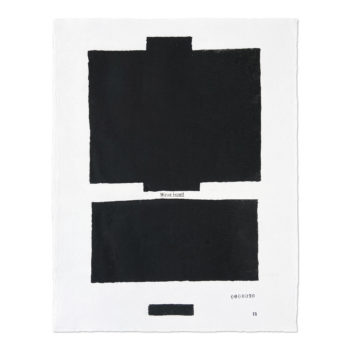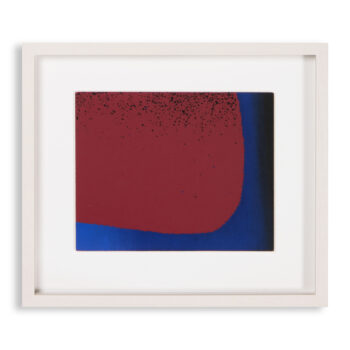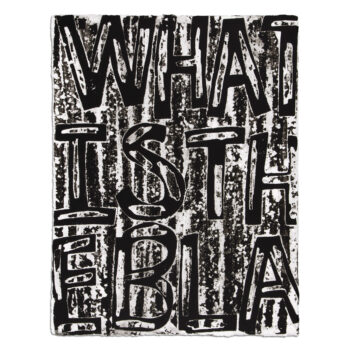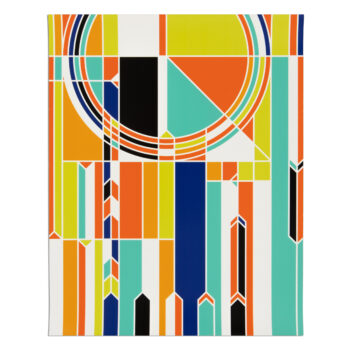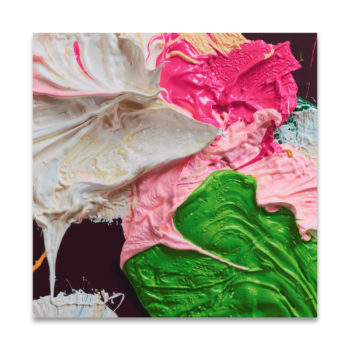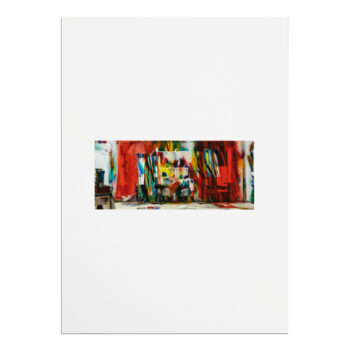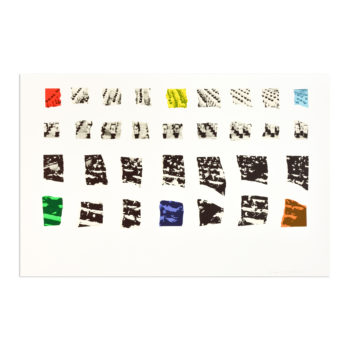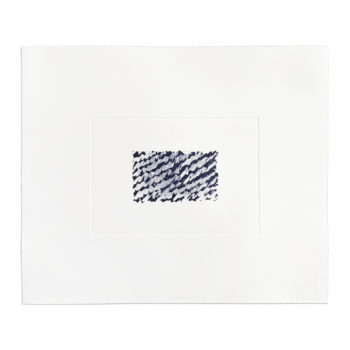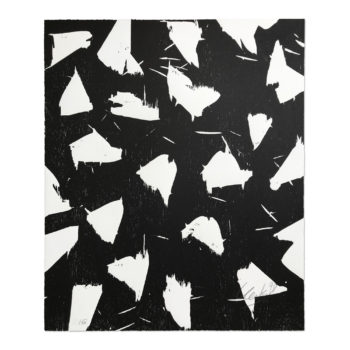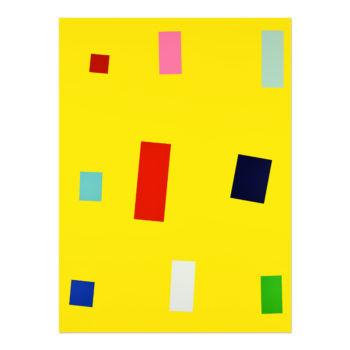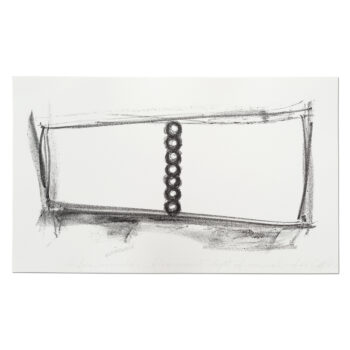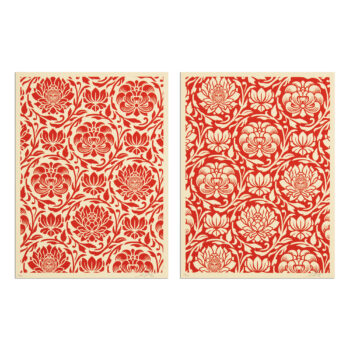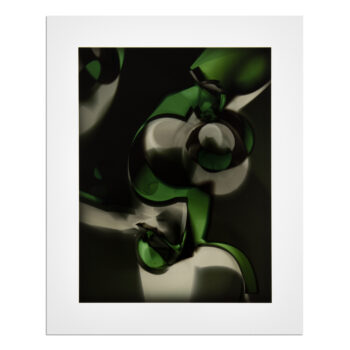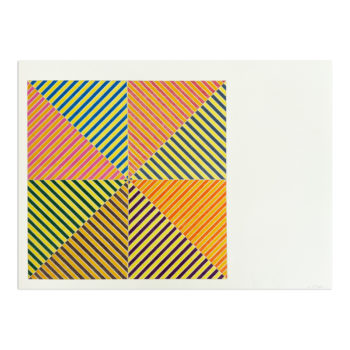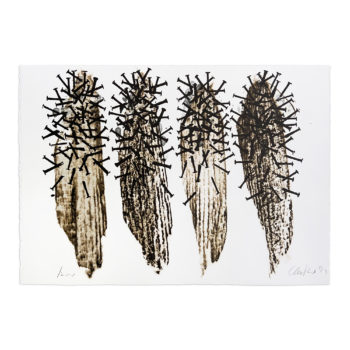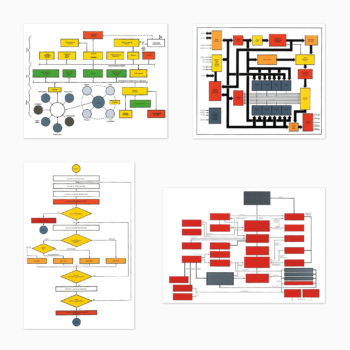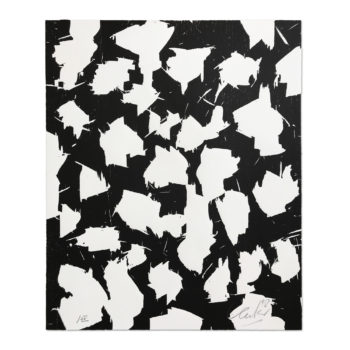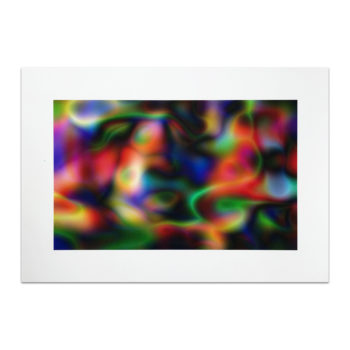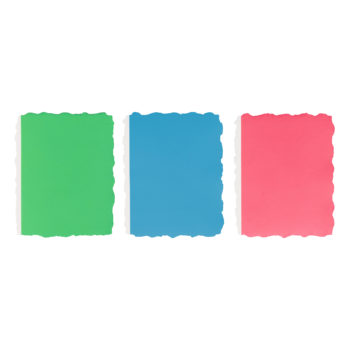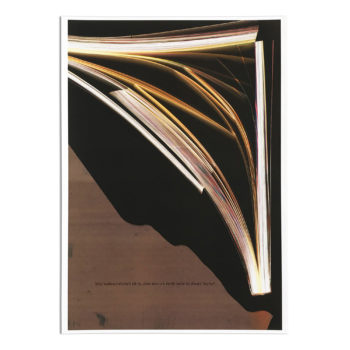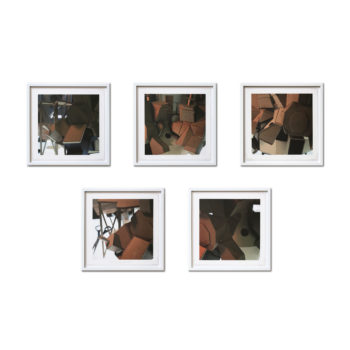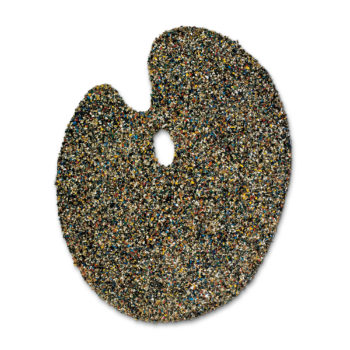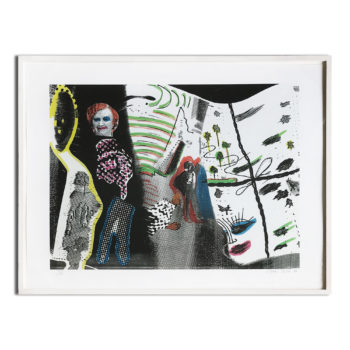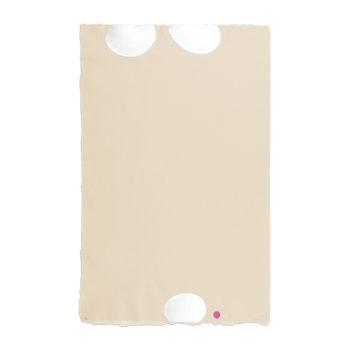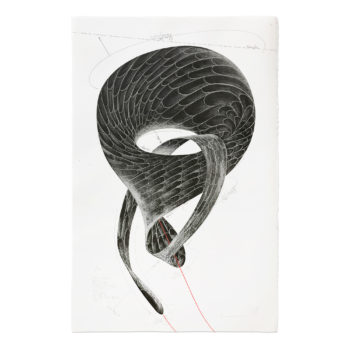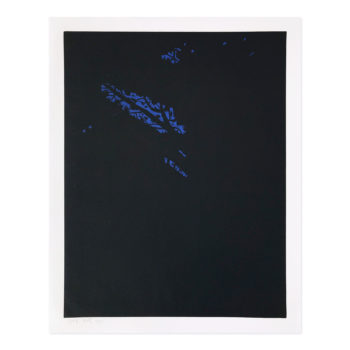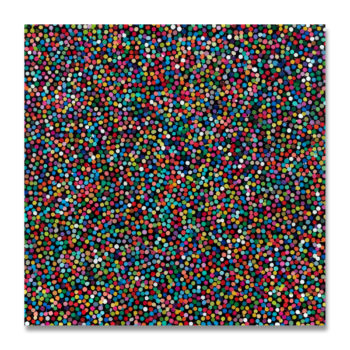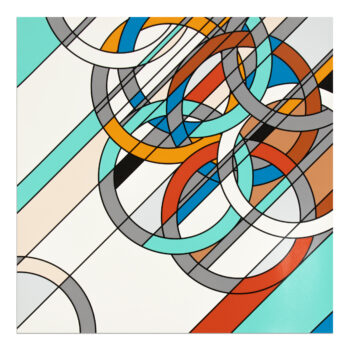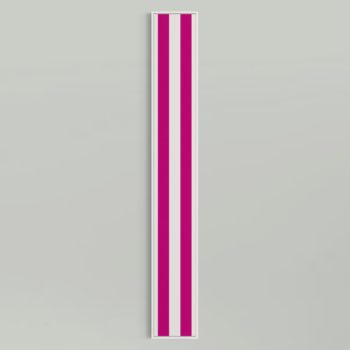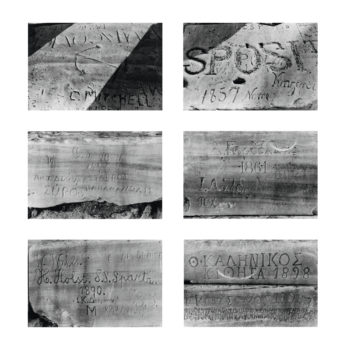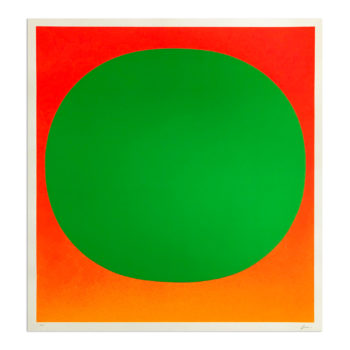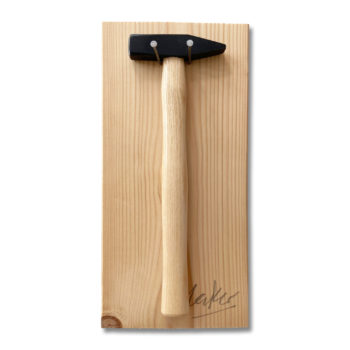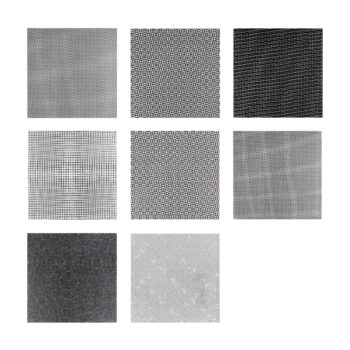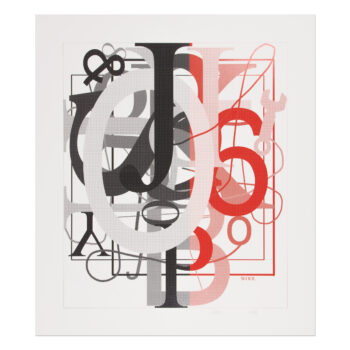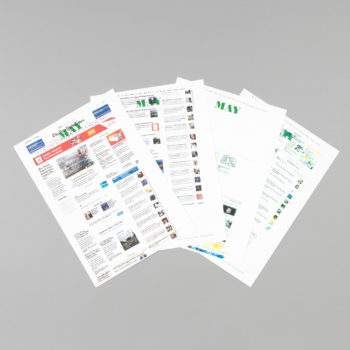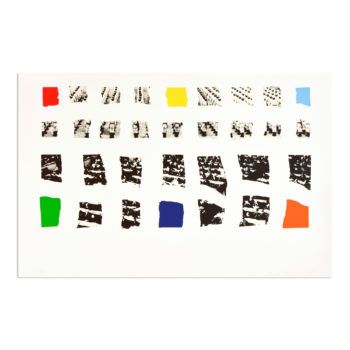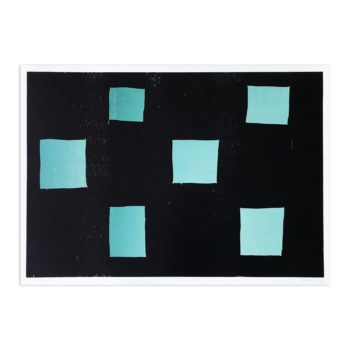-
Jorinde Voigt, Sara’s Question III
7.200,00 € -
-
Robert Indiana, Banner
1.200,00 € -
Günter Fruhtrunk, Grüne Akzente
1.300,00 € -
-
Wolfgang Tillmans, Speedmaster #2
4.400,00 € -
Sol LeWitt, Isometric Figures I
3.800,00 € -
Sarah Morris, Deviancy is the Essence
3.400,00 € -
Sol LeWitt, Isometric Figures IV
3.800,00 € -
André Butzer, Untitled (Yellow)
2.700,00 € -
Georg Baselitz, Grüner Hase
4.600,00 € -
Sol LeWitt, Isometric Figures V
3.800,00 € -
-
Günther Uecker, Prägedruck (from Nagelbuch)
1.900,00 € -
-
Rupprecht Geiger, Black on Different Reds
1.700,00 € -
Günther Uecker, Lichtungen IV
1.600,00 € -
Damien Hirst, Taytu Betul (H10-5)
6.400,00 € -
-
Rupprecht Geiger, Red on Violet
1.700,00 € -
Günther Förg, Coda
5.500,00 € -
-
Richard Long, River Avon Mud Drawings
3.500,00 € -
Brice Marden, Etching for Parkett
6.500,00 € -
-
-
Günter Fruhtrunk, Schwarz-Grünes Kontinuum
1.000,00 € -
-
-
Robert Mangold, Arabesque I
3.000,00 € -
-
Günter Fruhtrunk, Orgelpunkt
950,00 € -
-
Rupprecht Geiger, Cold Reds on Warm Reds
1.700,00 € -
Arnulf Rainer, Acht Masken
16.000,00 € -
Günther Uecker, Untitled (from Nagelbuch)
1.900,00 € -
Eddie Martinez, Bufly (GPBF)
4.600,00 € -
Georg Baselitz, Farewell Bill #4
5.200,00 € -
-
-
Rupprecht Geiger, Yellow on Orange
2.200,00 € -
Georg Baselitz, Winterschlaf X
7.700,00 € -
-
Georg Baselitz, Bäume
4.800,00 € -
Sarah Morris, Sony (Los Angeles)
2.200,00 € -
-
Sarah Morris, Taurus (Origami)
2.200,00 € -
Gert & Uwe Tobias, Untitled
1.200,00 € -
Georg Baselitz, Winterschlaf I
7.700,00 € -
Jorinde Voigt, Immersion VII
3.400,00 € -
Georg Baselitz, Farewell Bill #7
5.200,00 € -
Rupprecht Geiger, Blue-Black and Bluish Red
1.700,00 € -
-
Sarah Morris, Total Lunar Eclipse
2.600,00 € -
Rupprecht Geiger, Yellow on Red
2.200,00 € -
-
Julie Mehretu, Privileges Taken for Granted
4.000,00 € -
Sigmar Polke, Untitled (Griffelkunst 1989)
2.800,00 € -
Arnulf Rainer, Büste im Nebel
2.400,00 € -
Rupprecht Geiger, Violet on Warm Red
1.700,00 € -
-
Damien Hirst, Suiko (H10-4)
6.400,00 € -
David Shrigley, The Moon Makes Us Crazy
2.200,00 € -
-
-
Sol LeWitt, Arc and Bands in Colors 2
4.900,00 € -
Arnulf Rainer, Gelbes Meer
3.600,00 € -
Damien Hirst, Theodora (H10-3)
6.400,00 € -
André Butzer, Untitled (Smileys)
2.700,00 € -
Ed Ruscha, Insect Slant (Ants)
9.000,00 € -
Günther Förg, Untitled (Portfolio Pi)
2.600,00 € -
Arnulf Rainer, Drahtwolke
3.800,00 € -
-
Carmen Herrera, Untitled (Red and White)
4.600,00 € -
André Butzer, Untitled (Purple)
2.700,00 € -
Candida Höfer, Colored Wood
2.600,00 € -
-
-
André Butzer, Pastrami
2.700,00 € -
André Butzer, Dr. Pfeffer
2.700,00 € -
-
-
-
Damien Hirst, Fruitful (Large)
2.900,00 € -
Christopher Wool, Portrait (yellow)
3.800,00 € -
-
Joseph Kosuth, L’Essence de la rhétorique…
1.800,00 € -
Günther Förg, Hora
2.500,00 € -
-
Rupprecht Geiger, Bluish Red and Blue-Black
1.700,00 € -
Adam Pendleton, Mask
3.500,00 € -
-
Sarah Morris, London
1.200,00 € -
Wade Guyton, Red Fire for SMC
1.600,00 € -
Damien Hirst, Forever (Small)
1.150,00 € -
Damien Hirst, Fruitful (Small)
1.400,00 € -
Dan Flavin, Projects 1963-1995
1.900,00 € -
Katharina Grosse, Der Stuhl
1.800,00 € -
-
Richard Tuttle, Surface
1.300,00 € -
Günther Uecker, Lichtungen III
1.700,00 € -
-
Imi Knoebel, Gelbe Fahne
2.800,00 € -
-
-
-
Thomas Ruff, PHG.S.01
2.400,00 € -
Shepard Fairey, Parlor Pattern
2.500,00 € -
Jenny Holzer, Inflammatory Essays
7.000,00 € -
Frank Stella, Sidi Ifni
7.800,00 € -
Günther Uecker, Splitter
1.300,00 € -
Peter Halley, Cartoon Explosion
1.300,00 € -
Peter Halley, Organizational Charts
3.000,00 € -
Günther Uecker, Lichtungen I
1.600,00 € -
Thomas Ruff, Substrat 21 III
3.000,00 € -
Richard Tuttle, Homesick as a Nail
1.500,00 € -
Dan Flavin, Untitled (Triptych)
3.500,00 € -
-
Thomas Demand, Five Drafts (Simulator)
3.200,00 € -
Tony Cragg, Palette
5.000,00 € -
Sigmar Polke, S. schmeckt Pfirsich von H.
4.900,00 € -
Gary Hume, Misery
2.600,00 € -
Jorinde Voigt, Inherited Desire
2.000,00 € -
Alex Katz, Night
4.500,00 € -
Damien Hirst, Savoy
14.500,00 € -
Sarah Morris, Rings
1.700,00 € -
Daniel Buren, Untitled (Leporello)
2.400,00 € -
François Morellet, Untitled
1.300,00 € -
-
-
Rupprecht Geiger, Black on Blue
4.000,00 € -
-
François Morellet, Trames Portfolio
8.000,00 € -
Christopher Wool, Untitled
1.800,00 € -
Wade Guyton, MAY
1.600,00 € -
John Baldessari, Two Assemblages (Opaque)
3.200,00 € -
Günther Förg, Six Rectangles
750,00 €
Abstract art represents a radical departure in the way artists perceive and represent the world, emphasizing the intrinsic qualities of form, color, and line over direct representation. This shift to abstraction emerged prominently in the early 20th century, as artists began to move away from depicting observable realities to exploring various abstract styles that express deeper conceptual ideas. Abstract art has continuously evolved, marked by its diverse movements and philosophies that challenge traditional views of art, pushing the boundaries of visual language and stirring the viewer’s perception and emotions.
The exact origins of abstract art are subject to debate. Wassily Kandinsky is often celebrated as a pioneer, noted for his profound statement, “back then not one single painter was painting in an abstract style.” He is credited with creating one of the first recognized works of abstract art, Komposition V, in 1911, which significantly propelled the visibility and development of modern abstract art. Yet, lesser-known is the Swedish painter Hilma af Klint, who arguably predates Kandinsky in embracing abstraction. Af Klint produced her first abstract painting in Stockholm in 1906, a full five years earlier. Her avant-garde artworks, characterized by biomorphic and geometric shapes set against boldly intense backgrounds, were extraordinarily progressive for their time, suggesting an alternative narrative to the history and evolution of abstract art. These foundational figures have set the stage for a century of dynamic exploration in abstract art, transforming how art is conceived and appreciated worldwide.
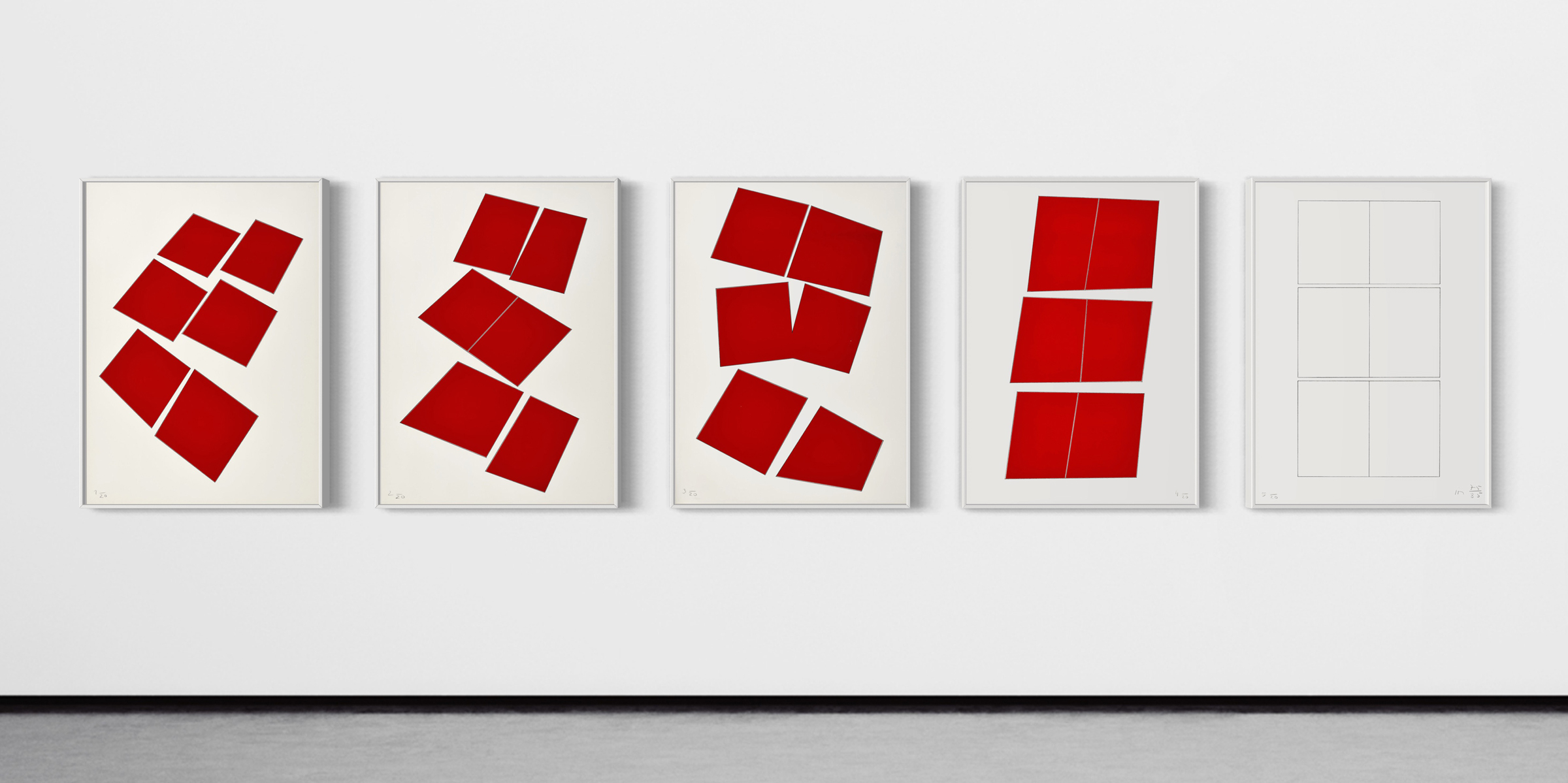
Modern abstract art in the early 20th Century
The era of early 20th century Modernism was a period marked by groundbreaking innovations and pivotal movements that profoundly influenced the trajectory of 20th-century art. Beginning with pioneers such as Wassily Kandinsky and Hilma af Klint, who ventured into abstract art earlier than their contemporaries, the era witnessed the evolution of several significant art movements across Europe and America.
Cubism, initiated by Pablo Picasso and Georges Braque, revolutionized artistic perspectives by deconstructing objects into geometric shapes and reassembling them in abstract compositions. This shift challenged traditional visual representations and laid foundational principles for future abstract movements.
In Russia, Constructivism, led by figures like Vladimir Tatlin and Alexander Rodchenko, embraced the use of industrial materials to merge art with function, emphasizing the social utility of art. Meanwhile, De Stijl in the Netherlands, characterized by the geometric abstract art of Piet Mondrian and Theo van Doesburg, simplified visual components to basic geometric shapes and primary colors, promoting a vision of universal harmony and order through pure abstraction.
The Bauhaus movement in Germany also played a crucial role during this era, with abstract artists like Wassily Kandinsky and Paul Klee teaching at the school. Bauhaus emphasized a multidisciplinary approach, combining crafts and fine arts, and its teachings promoted the integration of abstract design into various aspects of visual art, influencing architecture, furniture, and graphic design.
Together, these movements enriched the landscape of abstract art during the classical modern era, setting the stage for the dynamic and expansive developments in Abstract Expressionism that would emerge in the post-war period.
Abstraction in the Post-war era
The post-war era was a dynamic period for abstract art, characterized by profound shifts that led to the development of several influential art movements. The dramatic and personal styles of Abstract Expressionism, pioneered by artists like Jackson Pollock and Willem de Kooning in New York, dominated the early post-war years. These abstract artists emphasized the canvas as an emotional arena where spontaneous and gestural brushwork conveyed intense personal expression. This movement inspired direct responses, such as Minimalism and Geometric Abstraction, which sought purity and simplicity, reacting against the emotive excesses of Abstract Expressionism.
Minimalism and Geometric Abstraction stripped art down to its essential forms and systematic expressions. Artists like Donald Judd, Frank Stella, and Carmen Herrera focused on clarity and order, utilizing simple yet profound geometric compositions to evoke a different kind of emotional resonance—one marked by calm and precision. This approach was a deliberate counter to the subjective and frenzied nature of Abstract Expressionism, proposing that art could also stand as an objective, self-contained entity.
During the same period, Op Art (short for Optical Art) emerged, captivating viewers with its optical illusions and dynamic, interactive visual effects. Artists such as Bridget Riley explored perception itself, using abstract designs to create a sense of movement and vibration. Similarly, the Arte Povera movement in Italy brought innovative materials and concepts into the realm of abstract art, as artists like Jannis Kounellis and Alighiero Boetti utilized ordinary objects to challenge traditional artistic values and interrogate economic and political systems. This abstract art movement shared a close affiliation with the ZERO group in Germany, where artists like Otto Piene and Günther Uecker explored new aesthetic dimensions using light, movement, and unconventional materials, aiming to purify art from the emotional intensity prevalent in post-war Europe. Additionally, movements like Zen 49 in Germany, which included artists like Rupprecht Geiger, paralleled the objectives of ZERO by promoting a return to spiritual values in art through abstract and meditative forms.
Conceptual Art also gained traction, emphasizing ideas over aesthetic form. Artists such as Sol LeWitt and Peter Halley used geometric art as an artistic medium to transport their conceptual ideas, shifting focus from purely visual elements to explore how underlying concepts could drive the artwork’s meaning. This approach further expanded the boundaries and understanding of abstract art.

Contemporary abstract art
In contemporary art, abstraction remains vibrant and continuously evolving, reflecting the shifts in technology and philosophy that characterize the 21st century. A notable trend is the emergence of Figurative Abstraction, where artists like Cecily Brown, Georg Baselitz, and Eddie Martinez merge abstract art with figurative elements. Their paintings and prints oscillate between gestural abstraction and narrative, imbued with deep cultural and emotional layers, challenging traditional boundaries and exploring new realms of expression.
Digital abstraction also pushes the limits of traditional art techniques. Abstract artists such as Sarah Morris and Wade Guyton use modern technology to redefine artistic processes. Morris creates geometrically intricate paintings and prints inspired by urban landscapes, while Guyton explores the imperfections and errors inherent in digital printing, questioning established methods of art-making.
Gerhard Richter continues to influence the abstract genre with his bold abstract paintings made using a large squeegee instead of a traditional paintbrush, alongside his meticulously crafted color charts that dissect the composition and nature of color. Damien Hirst delves into the intersections of art and science, producing works like his precise dot paintings and geometric butterfly paintings that meditate on themes of beauty, life, and mortality.
Contributing to this rich dialogue, abstract artists like Christopher Wool and Julie Mehretu push the envelope with their distinct approaches. Wool’s graphic styles and innovative use of materials challenge traditional abstract painting and printmaking techniques. Meanwhile, Mehretu’s large-scale artworks incorporate complex mappings of urban environments and historical narratives, blending abstract elements with layers of data to create multifaceted, dynamic canvases. Together, these artists ensure that abstract art remains a vital and ever-evolving component of the contemporary art landscape, crucial for understanding ongoing cultural and philosophical debates.
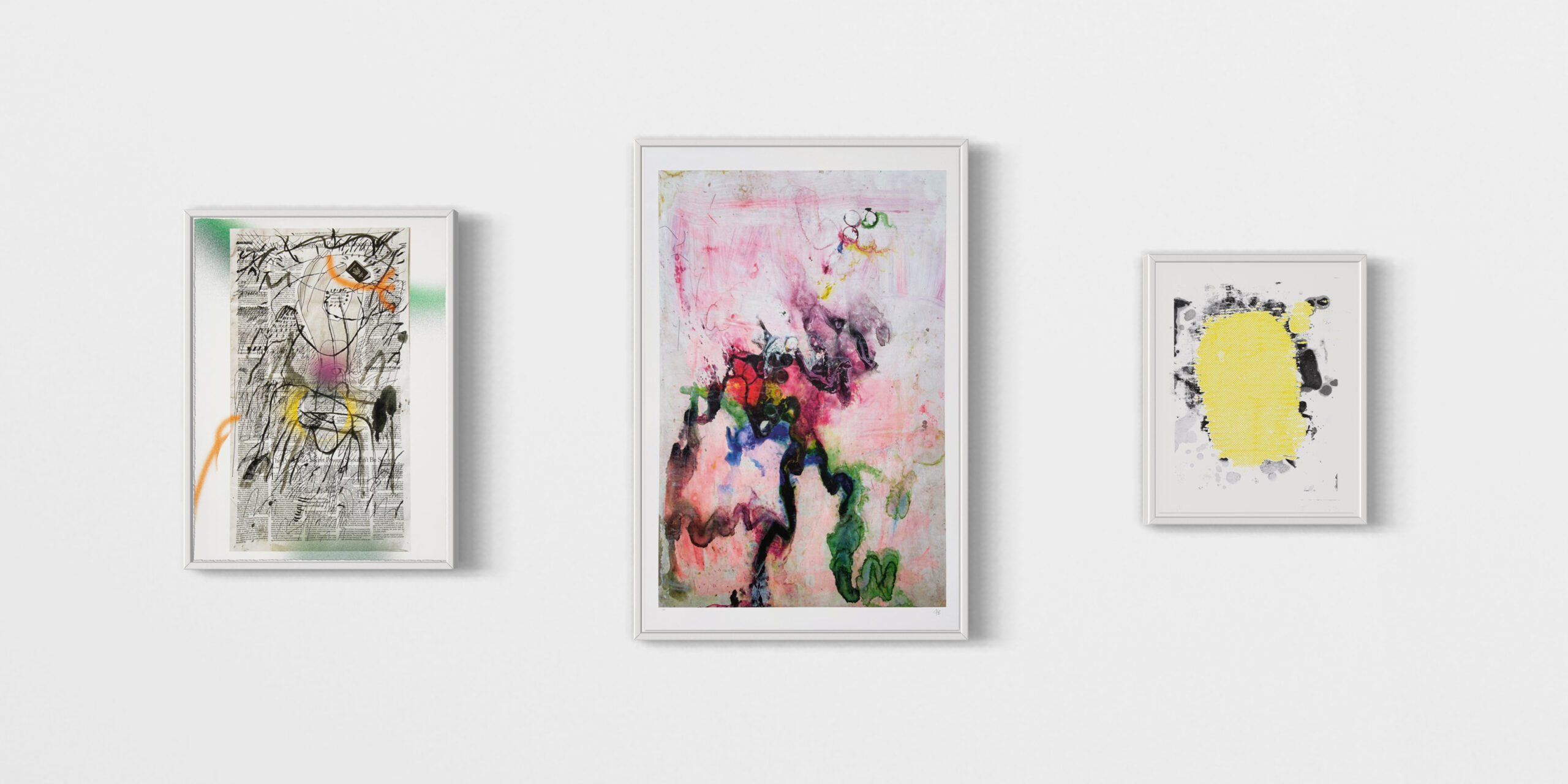
Abstract art and the role of prints
Printmaking is essential in the world of abstract art, serving as a critical medium for experimentation and dissemination of abstract concepts. The creation of abstract prints allows artists to explore variations in texture, line, and form, which are pivotal to their creative expression. The ability to produce limited editions through techniques such as lithography, etching, and screen printing is particularly beneficial. It enables artists to engage in systematic exploration and produce variations on a theme, making abstract art more accessible and allowing for the repeated refinement of ideas.
For artists like Gerhard Richter, editions form a significant part of their oeuvre, allowing them to extend the thematic and visual concerns present in their paintings into their prints. Similarly, minimalist artists such as Frank Stella and Donald Judd have integrated the creation of geometric prints into their artistic practices as a fundamental component. For these artists, the precise and controlled process of printmaking complements their minimalist approach, emphasizing clarity, form, and repetition. Making limited edition prints thus not only facilitates the broader dissemination of their abstract artworks but also enhances their exploration of minimalism’s core principles.
Buy abstract art prints online. Catering art collectors from around the globe, MLTPL focusses on the specific needs of online buyers: transparent pricing, accurate condition reports, professional packaging and quick shipping.
MLTPL ships worldwide. We focus on professional packaging and fully traceable shipping. Where possible, we ship our abstract art prints flat between fiberboards and two layers of solid cardboard. We aim to dispatch in under 5 days.
All shipped abstract art prints are covered by our door-to-door transport insurance. In the unlikely event of physical damage or loss, the artwork will therefore be fully insured.
When buying art online, the artwork’s condition and its truthful description are key. We follow a rigorous standard when selecting new artworks for our collector base, whilst providing accurate condition reports and high-resolution images.

